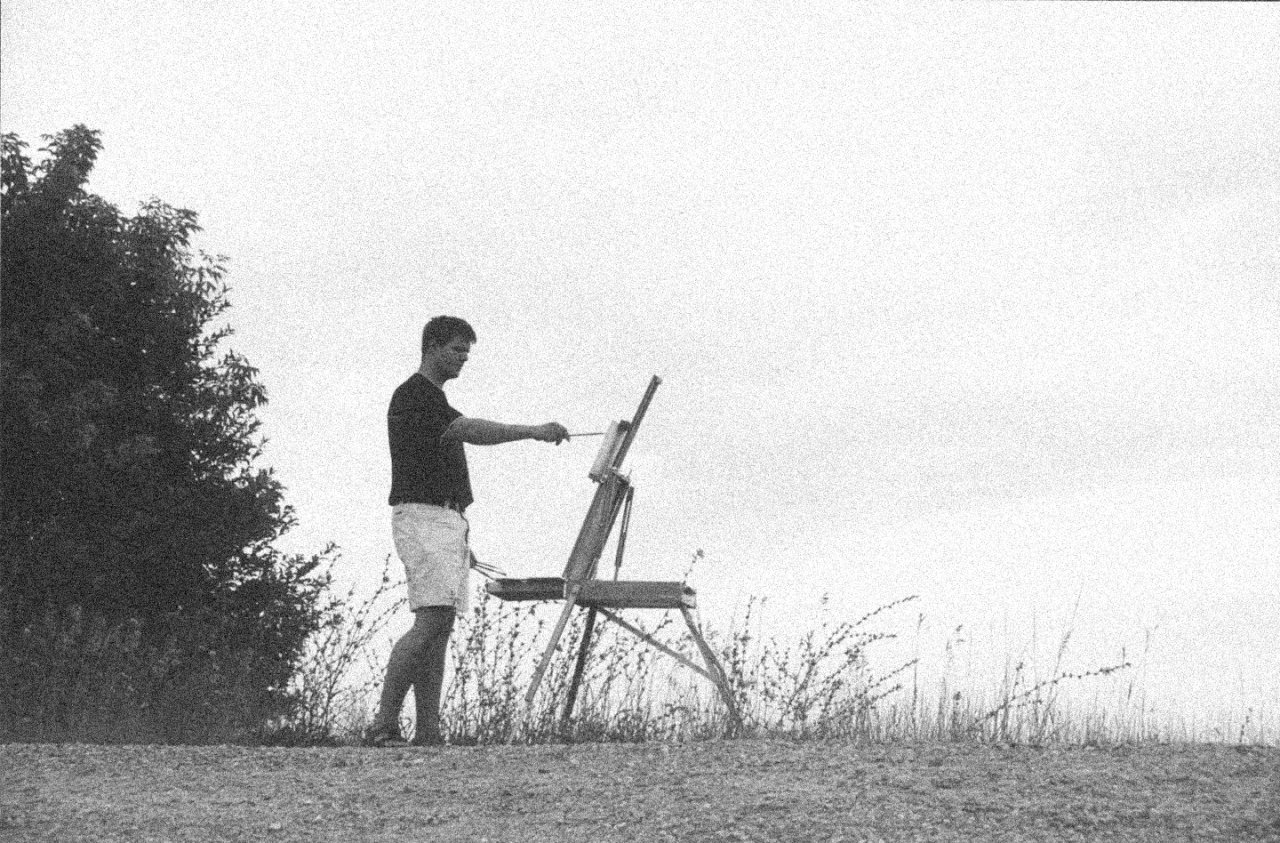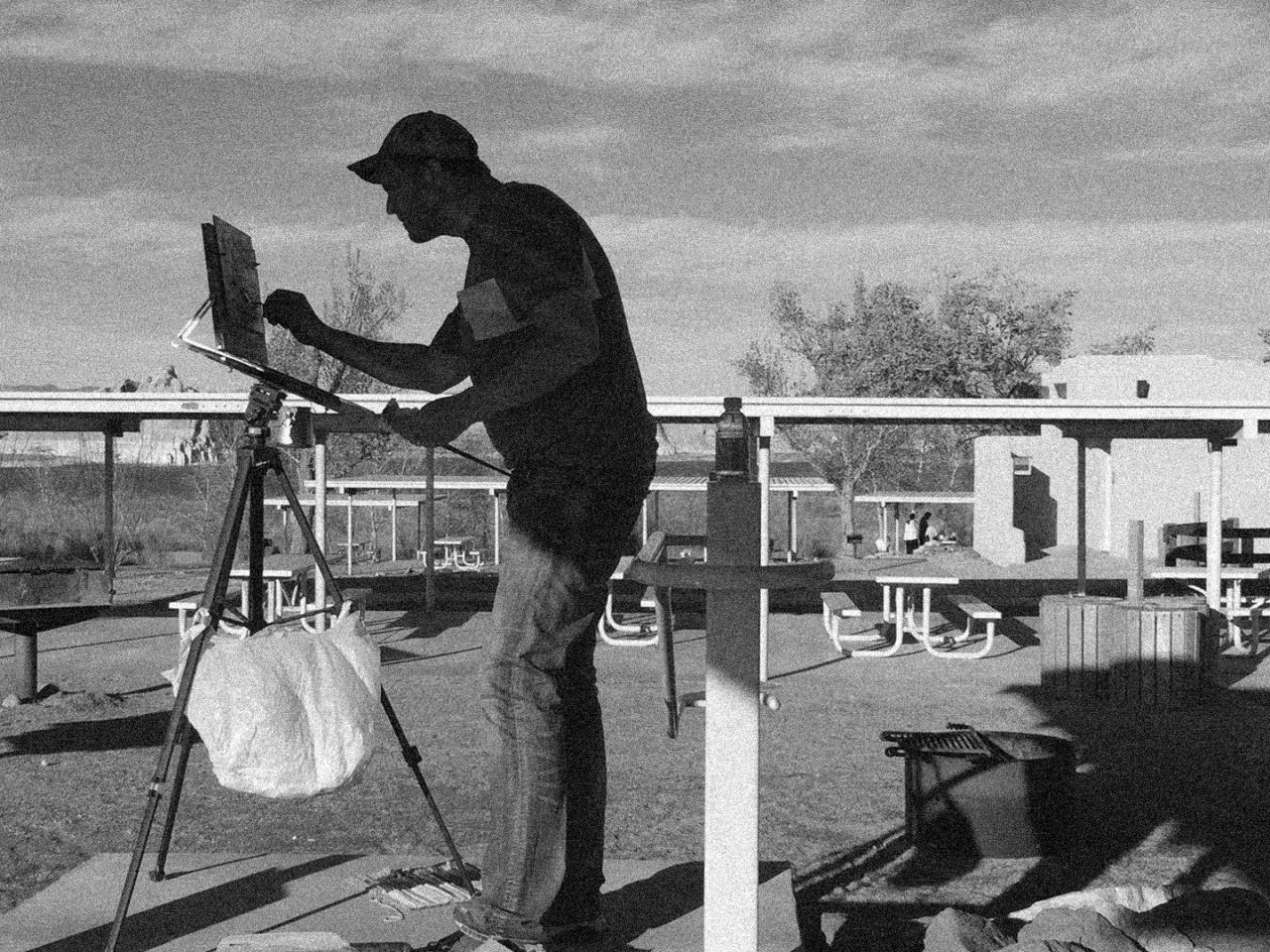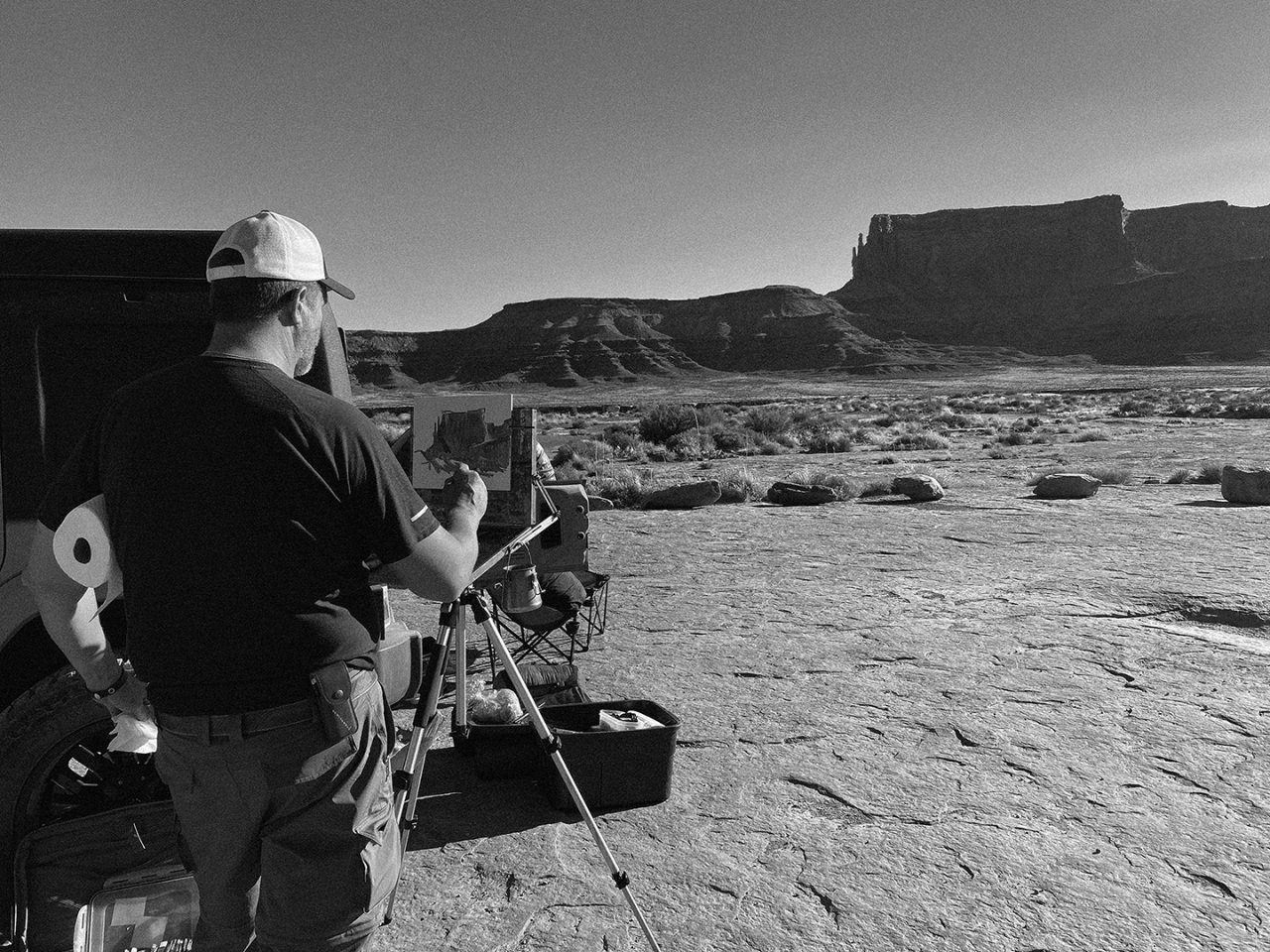En Plein Air
There is something invaluable in working outdoors – not only for art but for the body and soul that produces that art. Many studies support the idea that being outdoors benefits a persons mind, body, and spirit. Researchers have found that time spent outdoors can be critical to the development of children’s motor skills and cognitive functions. For adults being outdoors offers a simple antidote to today's fast-paced, sedentary lifestyle.

I first discovered something called “Plein Air Painting” standing in line at my local art supply store. When flipping through magazines, as I stood in line at the checkout, I was repeatedly drawn to landscapes that had a certain quality to them. The captions under the pictures I liked the most included the words “Plein air”. I had no clue what it meant.
Eventually I learned that plein air refers to paintings created outdoors, on location. “Plein air painting,” literally translated from French as “open air painting”, has been the practice of fine artists going back centuries. The Impressionists and Barbizon painters of the mid 19th century really elevated this practice and made it popular. In their efforts to capture natural light and atmosphere, these artists took their tools and materials outdoors, drawing inspiration from and responding to nature directly.
“There is something invaluable in working outdoors – not only for art but for the body and soul that produces that art.”
Jason Bouwman
Development of the portable French box easels combined with the advent of tubes of paint made painting outdoors much easier and caused the popularity of outdoor painting to surge in the 1870s. This popularity has endured throughout the 20th century and into the 21st century.
When painting outdoors directly from nature an artist must work quickly and decisively. Because of the ever changing conditions most outdoor painting sessions don’t last longer than a couple hours. This is not much time to complete a painting. But in today's sped up, easily distracted world of digital communications, it might feel like an eternity to some. Maybe it is exactly for that reason that this long standing practice remains relevant today.
Painting increases both our attention span and our appreciation of the beauty that surrounds us. Instead of clicking a button and moving on, painting requires prolonged immersion in the subject matter, it requires the painter to be fully present and there is something really good about that.

Beating sun. Wind. Rain. Bugs. Prepare as we might, being outdoors always provides us with opportunities to be humbled. There is something really good about that too; it produces character and resilience.
Not long after discovering what plein air painting was all about, I was inspired to try it myself. I threw a canvas board and some art supplies in a grocery bag, hopped in my truck, and drove north of town to find a suitable location. I still remember the exhilarating feeling I had sitting on my tailgate, inhaling the fresh country air as I tentatively laid my first brushstrokes; the sound of birds and rustling leaves made more evident by the lack of phone or email notifications. I’ve heard hunters describe early mornings spent in their tree stands with similar affection.
When we stop to enjoy sustained, quiet, thoughtful observation of natural beauty - when we’re immersed in it - we become aware that the world around us is teeming with life. Insects buzz and crawl, birds chirp, squirrels scurry. A local resident walks his dog and pauses just long enough to satisfy his curiosity and exchange pleasantries.

Whether you are an artist or not, I invite you outdoors. Slow down. Observe. Listen. Breathe. Reorient yourself to reality and to the present moment, en plein air. En-joy.